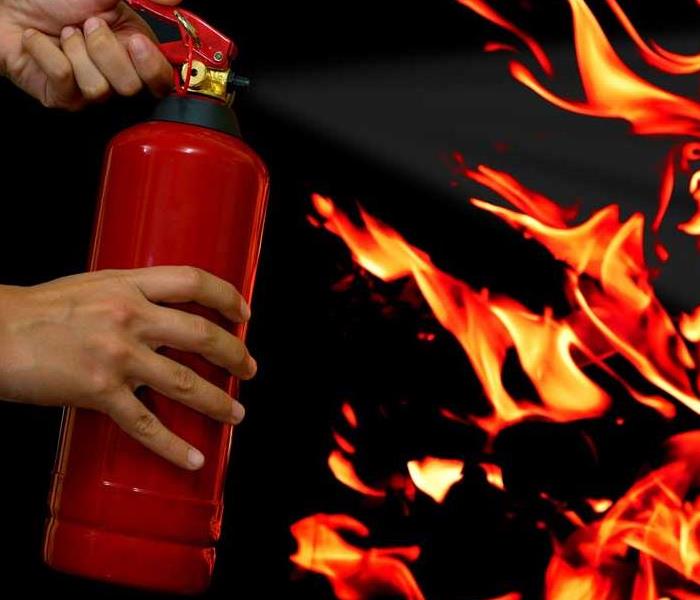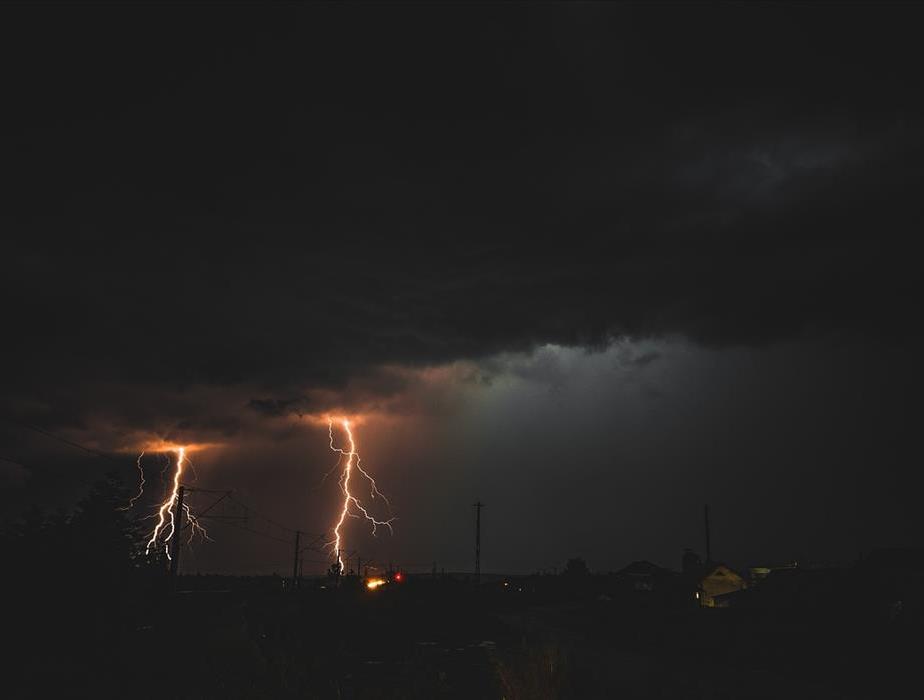Safety Tips in Case of a Business Fire
5/14/2024 (Permalink)
As a business owner, the safety of your employees and everyone else in your building is in your hands. Are you prepared to respond quickly in the event of a business fire? Follow these safety tips to ensure that you can answer that question in the affirmative.
1. Safety Features
Your two main sources of protection during a fire are your fire suppression system and your fire extinguishers. Have your fire suppression system, including alarm panels, fire doors and sprinklers, inspected regularly. Make sure you have enough working fire extinguishers to place one at least every 75 feet and that they are mounted properly.
2. Fire Codes
Your building is bound by both state and federal fire codes. Exits must be properly marked and the pathways to them unobstructed. Electrical plates must be used to cover all wiring so that none of it is exposed. Comply with all laws and make immediate changes when mandated by fire marshals.
3. Material Labeling
All potentially hazardous or flammable material must be stored properly. It is also essential to label liquids that could easily contribute to a business fire so that anyone who sees them knows what they are.
4. Evacuation Plan
Before firefighters can put out the fire and fire damage specialists can restore your building, everyone must vacate it. Having an evacuation plan helps everyone know what they’re supposed to do. This plan should be posted in prominent areas, especially around exits.
5. Evacuation Practice
Even the best plan is useless unless people know about it. Fire drills are a necessary part of fire preparation. Having a drill twice a year helps your employees practice fire safety plan so that they know what to do in case of an emergency.
The best business fire protection is preparation. Keeping your building up to code and enforcing safety measures can help you prevent most fires, and having a workable fire suppression system and evacuation plan can help get people to safety for the fires you can’t prevent.




 24/7 Emergency Service
24/7 Emergency Service

